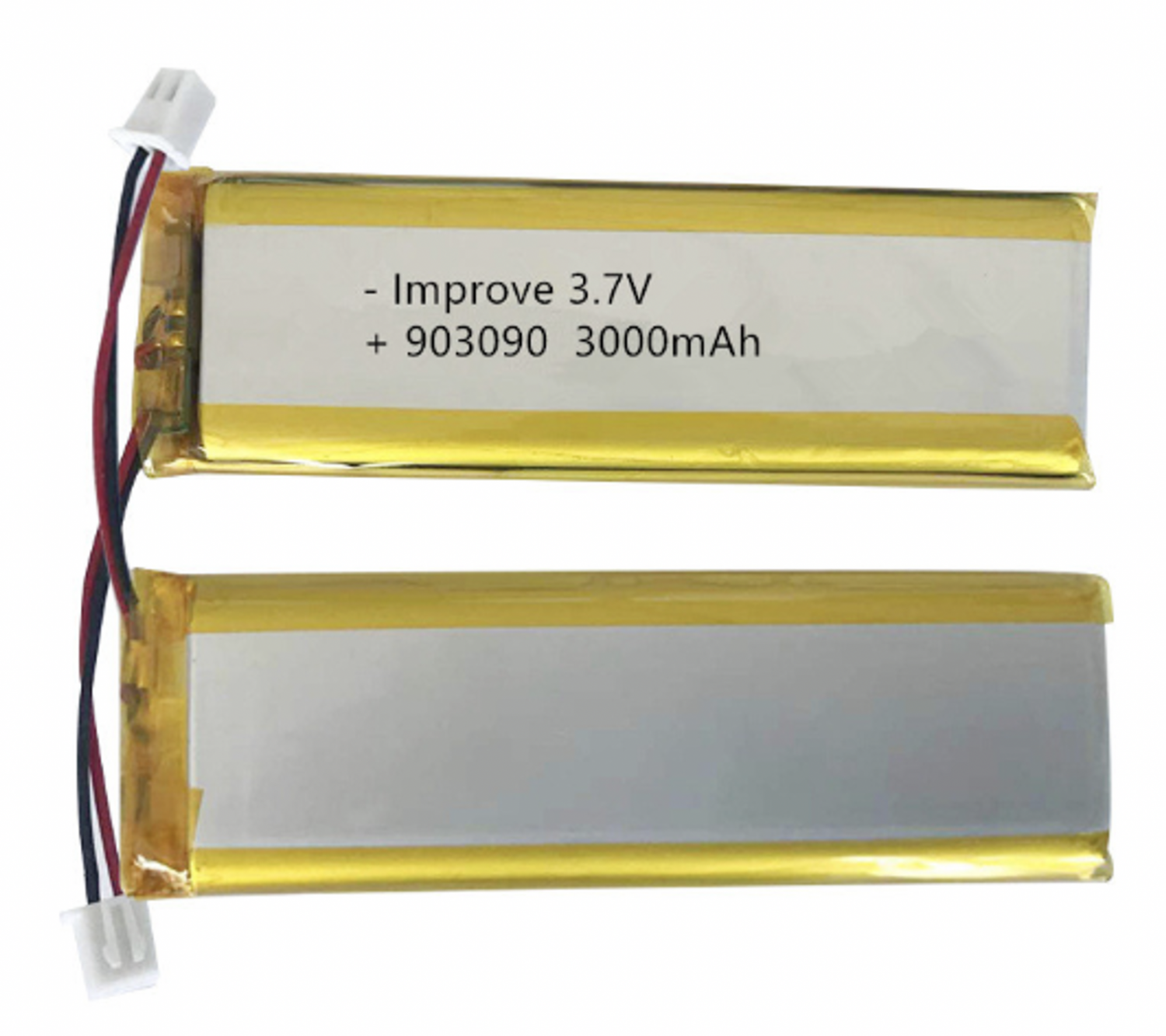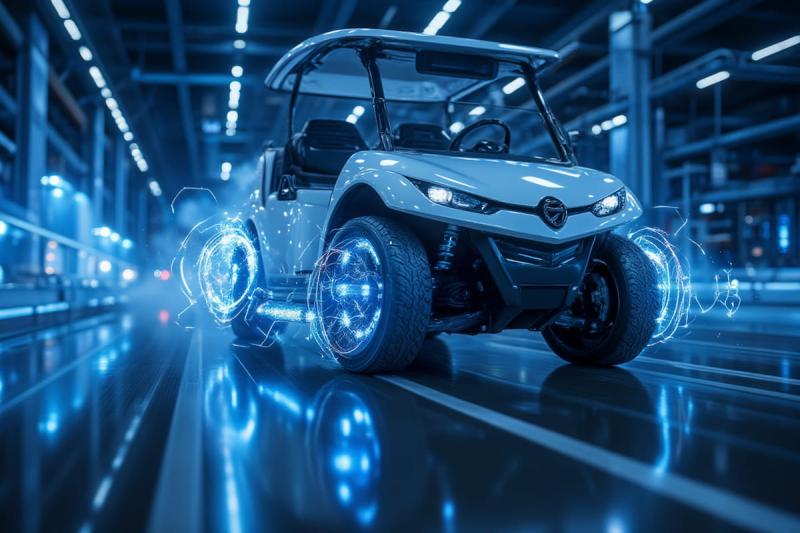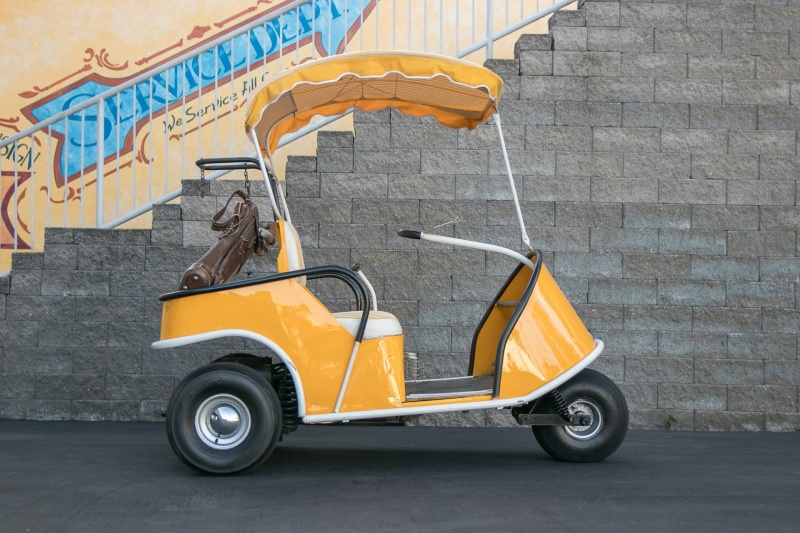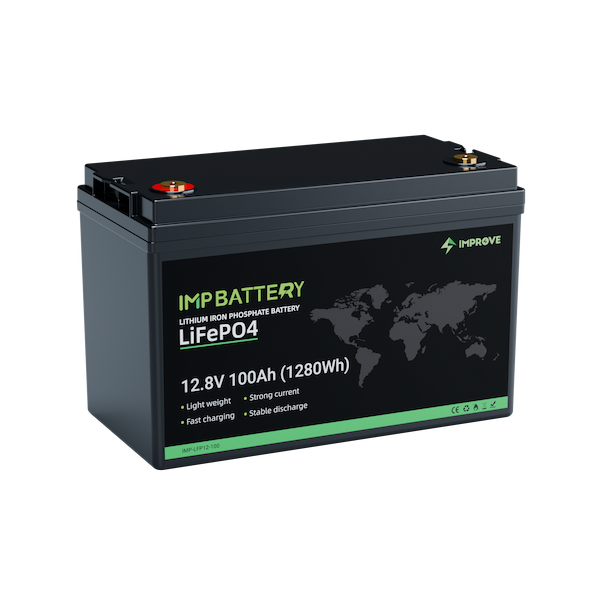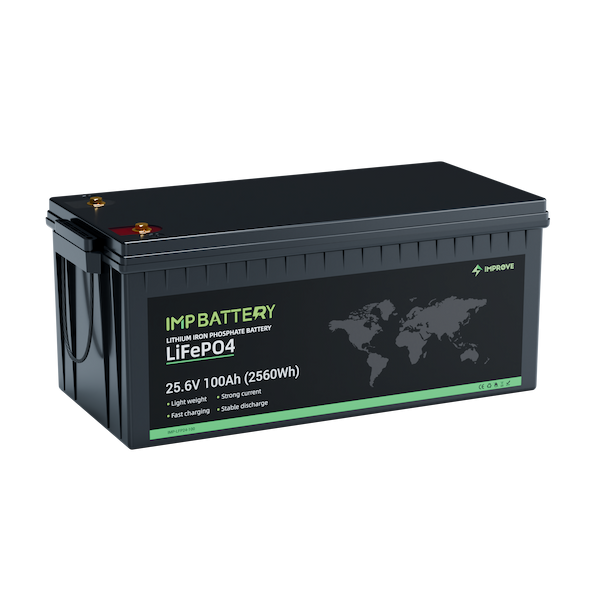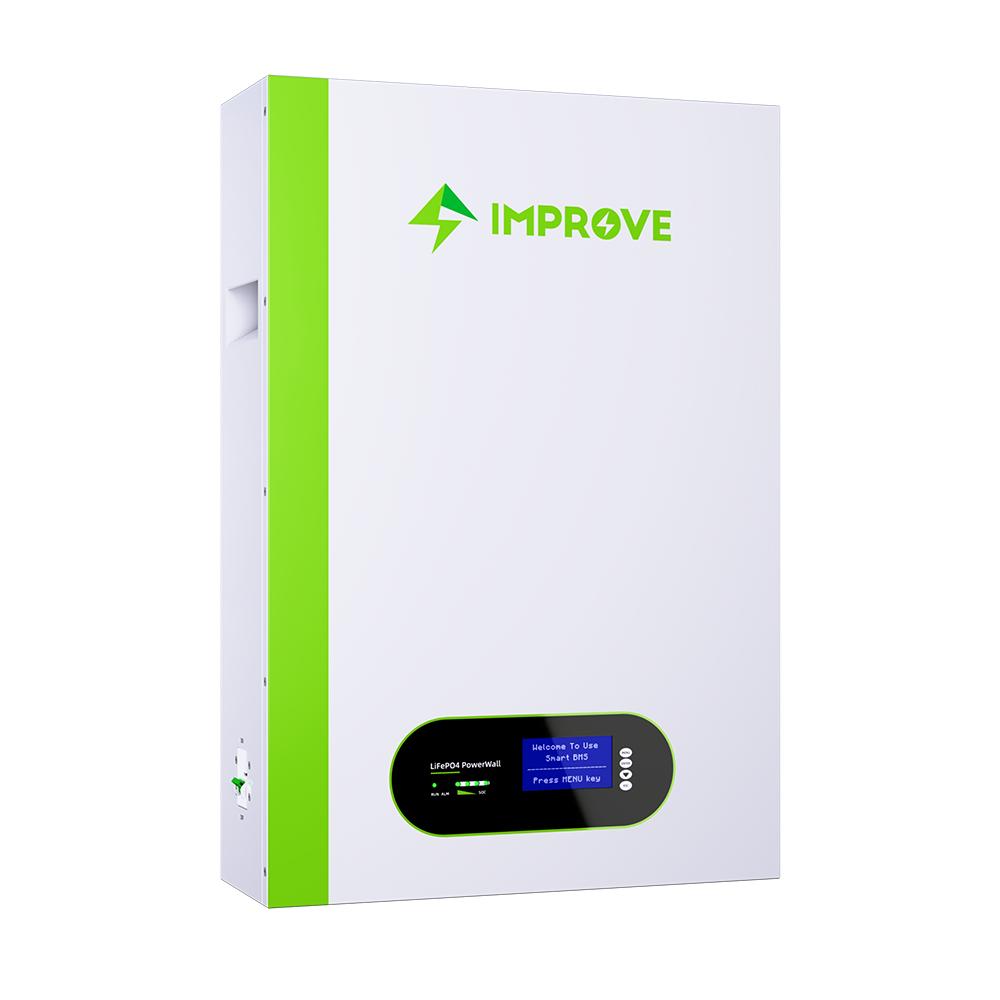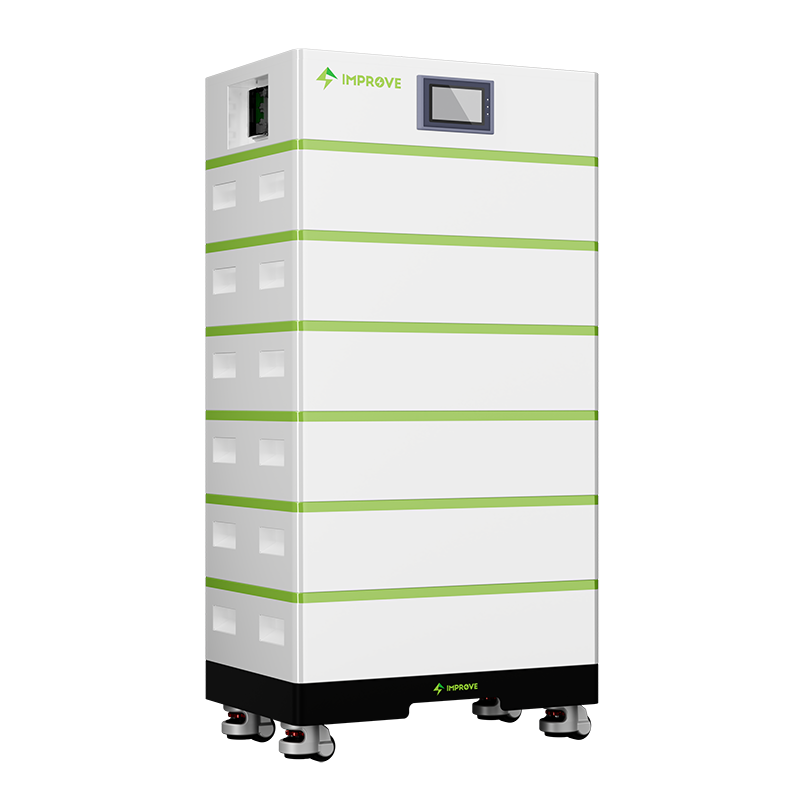Be very careful when charging lithium polymer batteries. The basic concept is to first charge the
Balanced charging means that the charger will monitor each battery cell and charge each battery cell to the same voltage.
The trickle charging method is not recommended for lithium batteries. Most manufacturers set the maximum and minimum voltages of battery cells at 4.23V and 3.0V. Any battery cell beyond this range may affect the overall battery capacity.
Most good lithium polymer battery chargers also use a charging timer that automatically stops charging when the time is up (usually 90 minutes) as a safety device.
A lithium-polymer battery with a charging rate of up to 15C (that is, a battery capacity of 15 times the charging current, about 4 minutes of charging) was achieved by a new kind of nanowire lithium-polymer battery in early 2013. However, this is still a special case, and the generally recommended 1C charging rate is still the standard for remote control model players. No matter how much charging current the most battery can withstand, it is very important that a lower charging rate can extend the life of the model aircraft battery.
Discharge
Similarly, continuous discharge of up to 70C (current 70 times the battery capacity) and instantaneous discharge of 140C were also achieved in mid-2013 (see the paragraph "Remote Control Model" above). The "C-number" standards for these two types of discharges are expected to increase as the technology of nano-lithium-polymer batteries matures. Users will also continue to increase their use, pushing the limits of these high-performance lithium-polymer batteries. [2]
limit
All lithium-ion batteries have a very high state of charge (SOC), which may cause problems such as layer separation, reduced life, and reduced performance. In rigid batteries, the hard shell can prevent the separation of the polar layers, but the soft-packed lithium polymer battery pack itself does not have such pressure. In order to maintain performance, the battery itself needs a case to maintain its original shape.
Overheating of lithium polymer batteries may cause swelling or fire.
When the load is discharging, when any battery cell (in the case of series connection) is lower than 3.0 volts, the load power supply should be stopped immediately, otherwise the battery will not be able to return to a fully charged state. Or it will cause a large voltage drop (internal resistance increase) when the load is powered in the future. This problem can prevent the battery from overcharging and over-discharging through the chip connected in series with the battery.
Compared with lithium-ion batteries, the charge-discharge cycle life of lithium-polymer batteries is less competitive.
In order to prevent explosion and fire, lithium-polymer batteries must be charged with a charger specially designed for lithium-polymer batteries.
If the battery is directly short-circuited or a large current is passed in a short period of time, it may also cause an explosion. Especially in the remote control model that has a large power demand, players will carefully pay attention to the connection point and insulation. The battery may also catch fire when it is pierced.
When charging, use a special charger to charge each sub-cell evenly. This also leads to increased costs.
Extend the life of multi-cell battery
There are two ways of mismatch in battery packs: the more common state of charge (SOC, percentage of battery capacity) mismatch and capacity/energy (C/E) mismatch. Both of these will cause the capacity (mA·h) of the battery pack to be limited by the weakest battery cell. In the case of batteries in series or in parallel, the front-end analog terminal (AFE) can eliminate the mismatch between batteries, greatly improving battery efficiency and overall capacity. The possibility of battery mismatch increases as the number of battery cells and load current increase.
When the cell in the battery pack meets the following two conditions, we call it a balanced battery:
If all battery cells have the same capacity, they are called balanced when they have the same relative state of charge (SOC). Open loop voltage (OCV) is a good SOC indicator in this situation. If all the battery cells in an unbalanced battery pack are charged to a fully charged state (in this case, it is balanced), the next charge and discharge cycle will also return to normal without additional adjustment.
If the battery cells have different capacities, we still call the state that all battery cells have the same SOC as balanced. Since SOC is a relative measurement value (the remaining discharge percentage of the cell), the remaining absolute capacity of each battery cell is different. In order to keep the battery cells of different capacities the same during the charge and discharge cycle SOC, the balancer must provide different currents between different battery cells connected in series.


